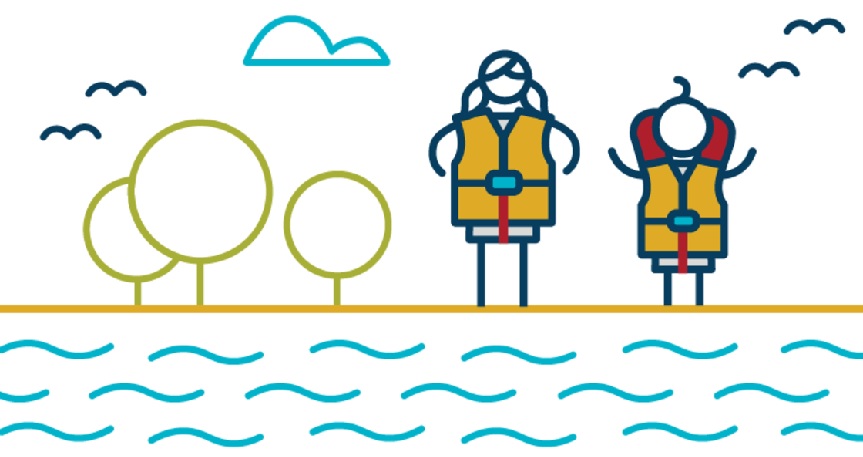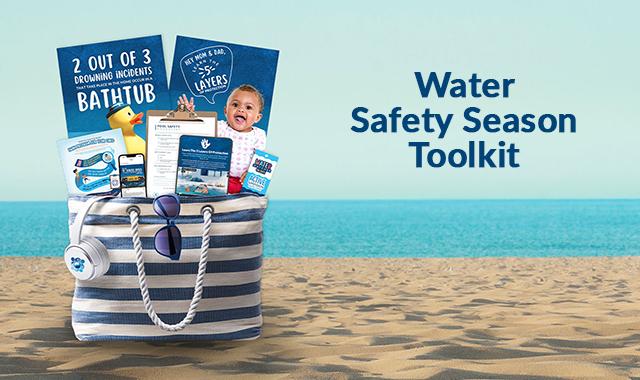Drowning is the leading cause of death among children ages 1-4 years, and the second leading cause of injury-related death among children up to 14 years of age, according to the Centers for Disease Control and Prevention. As summer approaches and water activity increases, the National Drowning Prevention Alliance (NDPA) is raising awareness to educate parents, caregivers, and communities on drowning prevention strategies.
“There are so many misperceptions about drowning, particularly as it relates to children,” says Adam Katchmarchi, Ph.D., executive director of the NDPA. “Perhaps the most important to dispel is the myth that one strategy for prevention is enough. This summer, we want to change that by putting information about the need for Five Layers of Protection directly into the hands of parents and communities.”
According to Katchmarchi, “Among parents who have lost a child to drowning, the most common response I hear is ‘we didn’t know’ – didn’t know how prevalent it is, didn’t know how easily it can happen, and didn’t know that one strategy for water safety and drowning prevention just isn’t enough.”

The bottom line on drowning prevention: more is better. The NDPA has developed the Five Layers of Protection protocol with input from pediatricians, epidemiologists, and aquatics education professionals. They recommend following this protocol whenever a child is near open water.
The Five Layers of Protection for water safety include:
1.Barriers and Alarms. Physical barriers and audio alerts help keep children and unauthorized adults from accessing water unsupervised.
2.Supervision. Don’t leave the kids alone. Ensure close, constant, and capable adult supervision by a designated water watcher or lifeguard anytime children are in or around water.
3.Water Competency. Teach all children basic water safety skills to reduce the risk of drowning and aquatic-related injuries, regardless of their swimming skill level.
4.Life Jackets. Make sure children are wearing life jackets (tested and approved by the United States Coast Guard) to provide protection when they are near the water, including on a dock or in a boat.
5.Emergency Response Preparedness. Parents and adults supervising children near the water should have basic CPR training and water rescue skills. Plus, have a charged phone nearby to call 911 if needed.

This summer, the NDPA’s #WaterSafetyChampion campaign includes working with social influencers across the country to reach parents and families; collaborating with a children’s swimwear designer to include an NDPA hang-tag with water safety information; and creating a downloadable Water Safety Season Toolkit with pre-produced content and assets for parents, pediatricians, and partners to share the message about the Five Layers of Protection and help save lives.
Visit ndpa.org/layers for more information about water safety and drowning prevention.

